A few months ago, I added an unusual lens to my bag, a Sigma 600mm F8 Nikon mirror lens.  It shares the same body conventions as other catadioptric lenses (ones that use a combination of refractive and reflective optics) which ‘fold’ the light coming into the camera similar to how a satellite dish collects a signal. By reflecting the light twice (bounced from the rear element to forward one and back to the sensor) it achieves an economy of size that belies its reach … comparable true glass lenses tend to be multiple times the size (length) of this lens. Nothing is free however, and this economy of size (and price) comes at the expense of several stops of light. Stuck at F8, this lens is practically useless in poor lighting conditions or without a camera that has solid ISO performance.
It shares the same body conventions as other catadioptric lenses (ones that use a combination of refractive and reflective optics) which ‘fold’ the light coming into the camera similar to how a satellite dish collects a signal. By reflecting the light twice (bounced from the rear element to forward one and back to the sensor) it achieves an economy of size that belies its reach … comparable true glass lenses tend to be multiple times the size (length) of this lens. Nothing is free however, and this economy of size (and price) comes at the expense of several stops of light. Stuck at F8, this lens is practically useless in poor lighting conditions or without a camera that has solid ISO performance.
Mine is a fun olive green and was purchased from Columbus Camera Group, one of the many fantastic local camera stores in Columbus Ohio. When you buy your lens, be sure that it comes with the rear filters, or at least the neutral one of them as these are necessary for ensuring the lens captures the image properly.
The first image below is a quick shot for context, taken of the roof of St Mark’s basilica as seen from the Campanile (tower) in the Piazza San Marco.
This is a crop from a fairly wide shot, around 21mm (14mm focal length but on a D7000.)
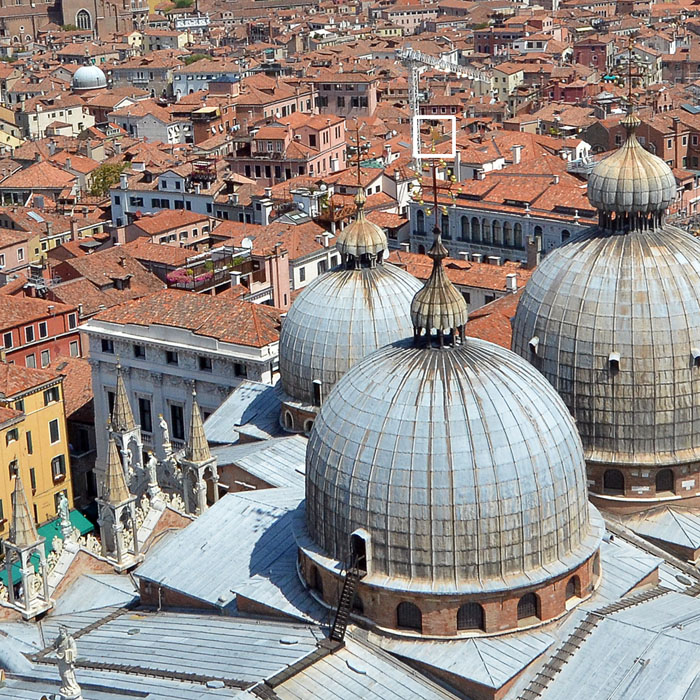
The next shot is taken with the D700 and the Sigma 600mm, and is of a small flag on top of one of the domes (outlined as a white square in the photo above.)
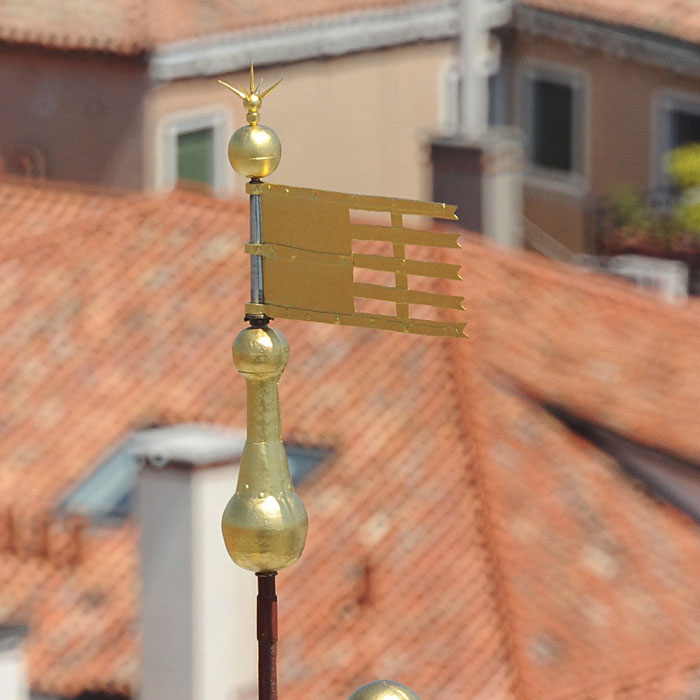
If you look closely at that photo, you can see a few areas where the lens begins to exhibit one of the significant ‘issues’ that many people have with this lens … doughnut shaped ‘bokeh’ highlights (note the chimney). Instead of star patterns or polygon shaped lights, this lens creates a ring around light areas, and also doubles up lines (like tree branches or poles) when they are not in the focus area.
Finally, here is a full resolution crop taken from the D700 with the lens. Unedited, just a straight crop.

Lens Pros:
- Light and Compact – this lens is much lighter than a comparable multi-element glass lens and 1/3rd the length. Without the lens hood, it’s even smaller and less conspicuous.
- Reach – 600mm (or 900mm on a crop factor camera) lets this lens bring you right up to the action in a very rare way.
- Virtually no chromatic aberration
- Cheap – there are many of these lenses available on the aftermarket for less than a few hundred dollars. Comparable lenses with this type of reach start typically at the thousand-plus and go up from there.
Lens Cons:
- Strange bokeh – the out of focus highlights will appear to be donuts, which may be distracting depending on the subject and composition.
- SLOW – at a fixed F8, you must have some combination of lots of light and or a camera capable of great high ISO performance to get any sort of quality shot. Since the lens is 600mm, you’ll want shutter speeds of 1/600th/sec or faster … In my experience I shoot for 1/1000 or faster.
- Vibration – this lens is very light, and without extremely fast shutter speeds is prone to producing blurry images. It is very hard to stabilize even on a tripod – I’ve found propping the lens directly onto a sturdy object (or a beanbag type mount) helps in most lighting situations.
- DOF – this lens has a very shallow depth of field. It is razor thin, so very small adjustments produce dramatic changes in your point of focus.
- Manual – unless you have a Sony / Minolta variant, your doing manual focus with this type of lens.
As long as you understand this is not a lens for taking close up shots of kids in gymnasiums, you should be very happy with the options it provides you with. The 500mm variants should perform similarly, and the 1000mm variants that operate at F11 will suffer a magnification of many of the issues outlined above. There are a few faster versions that operate at F5.6 as well you can occasionally find for sale.
Another shot taken with this lens of one of the two statues found on pillars in Piazza San Marco. The western pillar features St Theodore (below) and the eastern column features the Lion of St Mark.

At that size, the donut bokeh is not very visible. However, if we zoom in, it becomes more apparent, as seen in the crop below:
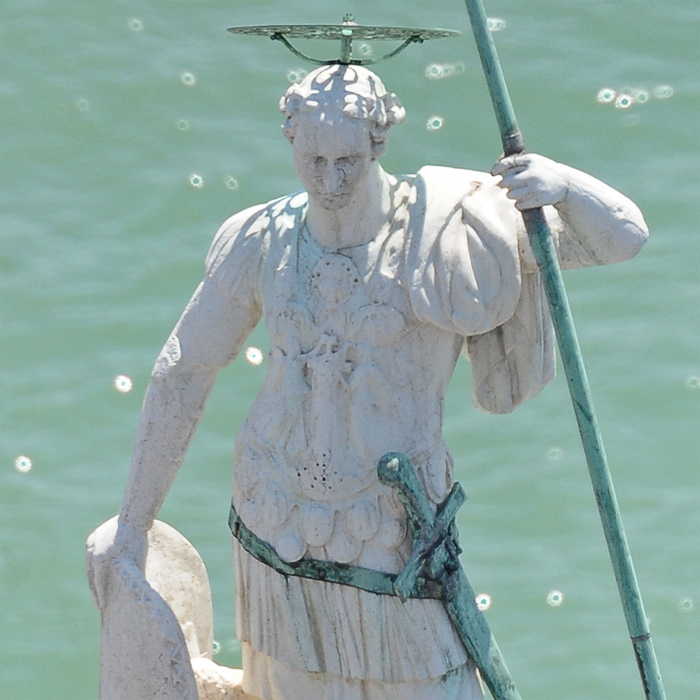
In this case, the effect is fairly simple to clean up … just a few seconds of clone stamping or content aware fill and they’re gone for good:
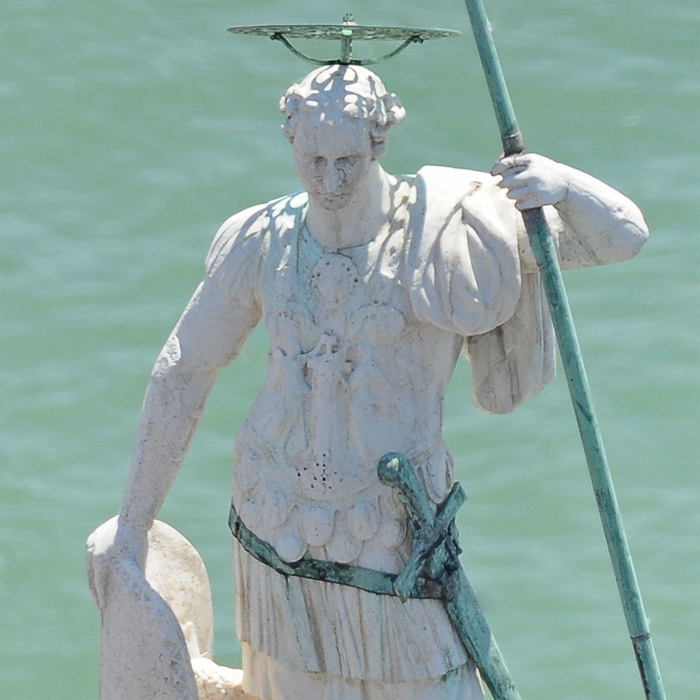
So, overall, a very capable lens that can get the shot when the conditions are right.
Finally, below is a stitch made from this lens and 16 shots taken from the tower.
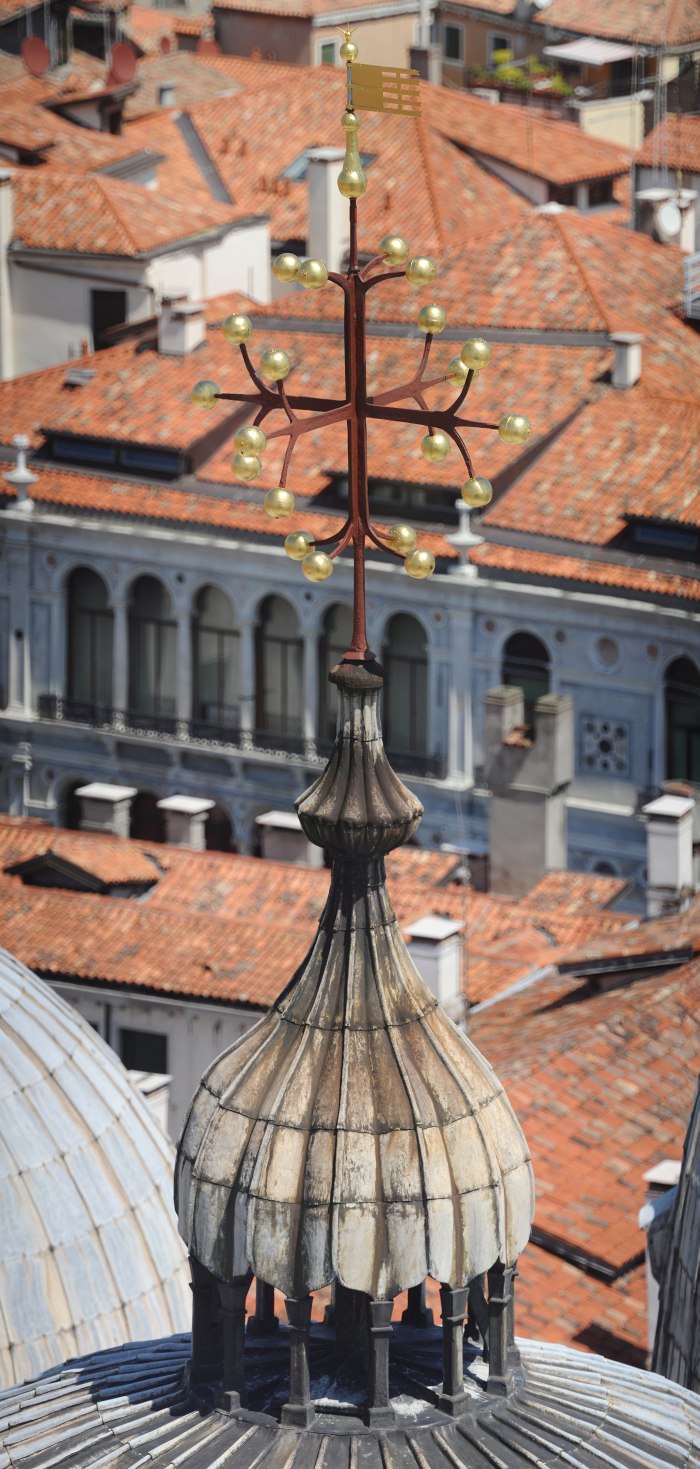
If you wish, you can pixel peep and download a high resolution image as well.